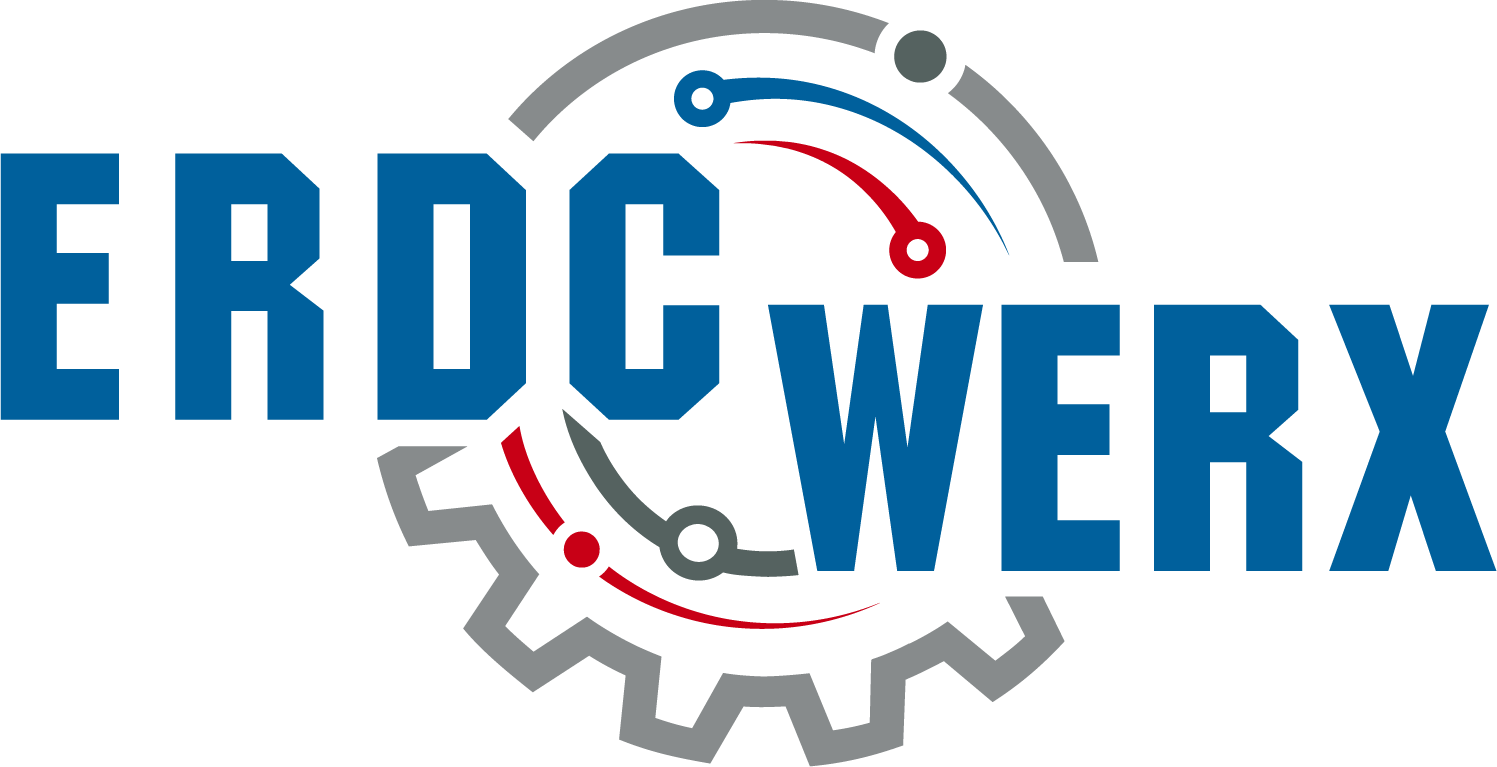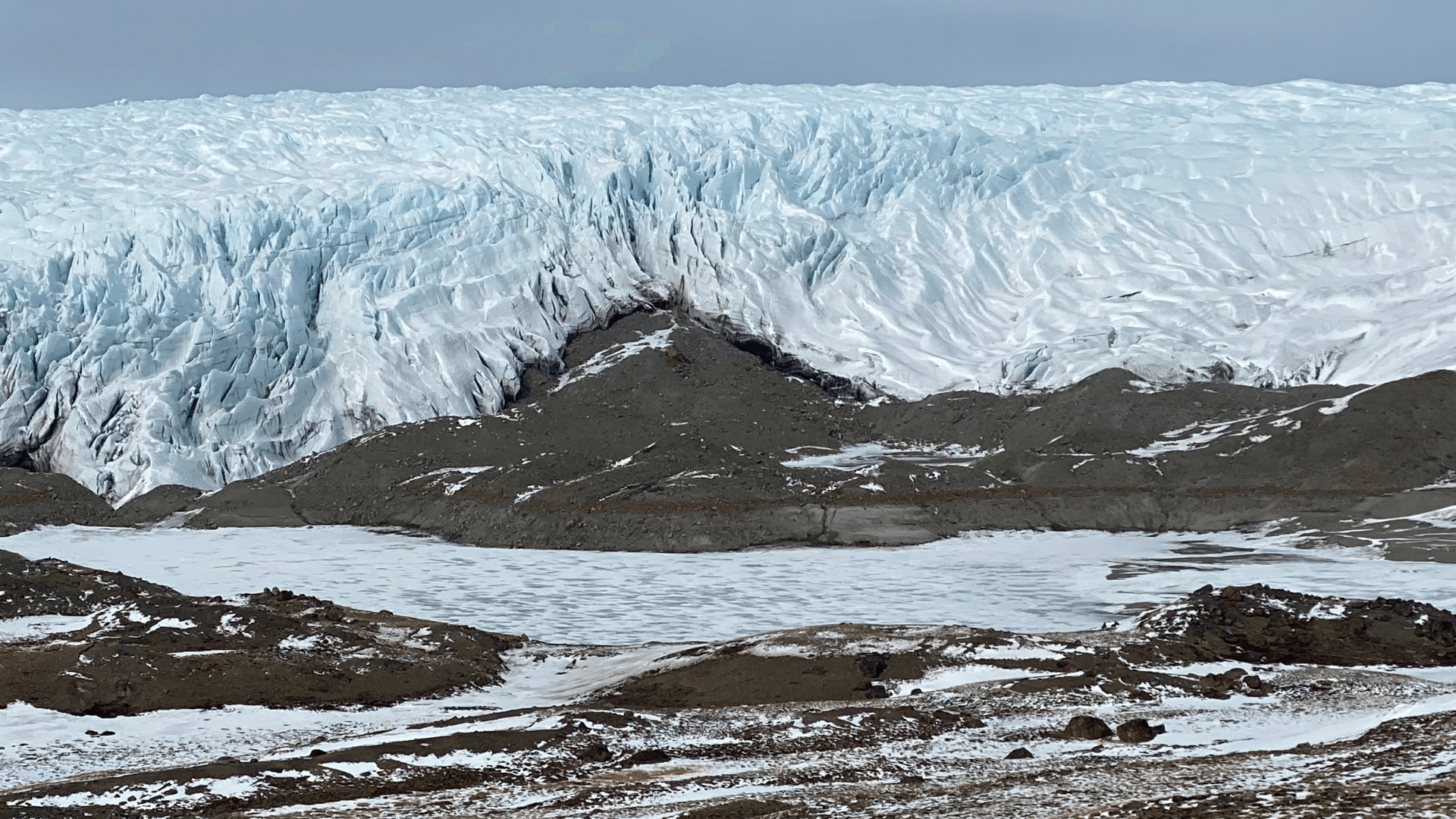Overview
The U.S. Army Engineer Research and Development Center (ERDC) Cold Regions Research and Engineering Laboratory (CRREL) seeks advanced automated laboratory solutions to culture microorganisms from soil, snow, and ice at low temperatures.
Project Objective
The primary objectives of this request for proposals are to:
- Understand the potential capabilities and limitations of existing automated culturing solutions in the marketplace, and the potential to tailor existing solutions to meet the specific automated and cold requirements of CRREL.
- Further develop an existing commercial solution to meet CRREL’s requirements.
Project Manager
Cold Regions Research and Engineering Laboratory (CRREL), U.S. Army Engineer Research and Development Center (ERDC)
Background
The Department of Defense (DoD) has issued clear directives for both 1) biotechnology at the source, and 2) enhanced warfighting and logistics capability in the Arctic. Biotechnology is an emerging engineering discipline that uses living systems to produce a wide range of technologies and capabilities. Biotechnology has the potential to reduce logistics and sustainment costs.
The Office of the Undersecretary of Defense for Research and Engineering identified biotechnology as a critical technology area. Production of materials under extreme cold weather conditions are required to meet Combatant Command (CCMD) and military departments’ operational requirements in the Arctic.
Meeting this directive requires high throughput morphological and growth characterization of cold regions isolates (e.g., microorganisms such as bacteria and fungi) that are promising candidates for biotechnology.
Requirements
ERDC invites pre-proposals that introduce commercially available solutions to enable automated culturing of microorganisms from cold regions soil, snow, and ice at low temperatures. Desired solutions would deliver new laboratory equipment to enhance this research by integrating robotics technologies with culturomics, allowing the isolation of microorganisms at temperatures at or below -10°C.
Proposed solutions should advance existing technologies to meet these requirements. All potential solutions will be considered against the program requirements and technology readiness thereof.
Threshold: the Automated Cold Culturing solution must meet the following requirements:
- Can generate and screen hundreds to thousands of environmental isolates, with varying growth requirements, from cold regions samples within days (e.g., 1 to 5 days, expected to vary with sample volume and temperature).
- Can support different growing media
- Can support incubation at a variety of temperatures (-10°C to 30°C)
- Can support aerobic growth
- Provides an automated colony picking robot for isolation
- Provides an automated robotic arm to transfer plates
- Provides an automated spectrophotometer to image isolates and collect morphology data of colonies
- The cold solution may fit inside a standard cold clean box of no more than 18 ft x 15 ft that shall be provided with the solution, or may use a novel incubator solution to achieve the cold conditions in lieu of a cold box, or may offer some other novel cooling solution.
- System should be user-friendly enough to be used by general technical staff (i.e., one does not need expertise in computer science to run and maintain equipment).
- Applicants are encouraged to submit evidence of their innovations performing a demonstration at full scale.
Objective: not required, but highly desired:
- Library preparation and sequencing of isolates
- Include the ability for physical isolate storage at -80°C
- Can support temperatures ranging from -40°C to 30°C
- Can support anaerobic growth
Note: Submissions should NOT include confidential or proprietary details. Submissions may be shared with other ERDC teams if there is an apparent fit with other ERDC projects.
ERDC seeks to enter into non-FAR or FAR-based agreements with industry, academic, and national lab partners whose solutions are favorably evaluated by ERDC subject matter experts. As such, this project is considered competitive in the same manner as a Broad Agency Announcement (BAA) or Commercial Solutions Opening (CSO), and solutions will be evaluated independently of one another primarily for technical merit. This serves dually as notification of the intent to research the feasibility of an agreement under 10 U.S. Code, Section 2371b and/or Section 2371b(f), for example to include Cooperative Agreements, and as notice of pre-solicitation activities IAW FAR 5.204. The requirements of DFARS 215.371-2 do not apply to acquisition of innovative items, technologies, or services under a CSO.
Notice for all parties interested in ERDCWERX events and tech challenges: Announcement of ERDCWERX events that are considered to have a high potential for further efforts that may be accomplished via FAR-based contracting instruments, Other Transaction Authority (OTA) for prototype projects 10 USC 4022, prizes for advanced technology achievements 10 USC 4025, and/or prize competitions 15 USC 3719, may be made at the www.erdcwerx.org website. All announcements made at the www.erdcwerx.org website are considered to satisfy the reasonable effort to obtain competition in accordance with 10 USC 4025, 15 USC 3719 (e) and 10 USC 4022. All FAR-based actions will follow announcement procedures per FAR 5.201(b) accordingly.
Estimated Government Funding Profile
Phase I: Downselect by ERDC
Phase II: Up to $490K
Phase III Option: $ TBD (would be considered as unfunded options)
*Multiple solutions may be awarded in both phases
Estimated Period of Performance
Estimated up to 12 months for delivery of Phase II solutions. Phase III unfunded options TBD period of performance based on scope.
Desired End State
Phase I: Down-selected parties will provide written proposals explaining the general application of their current solution and describe their anticipated approach to convert their solution to work under the extreme cold conditions required and desired by CRREL. CRREL will review all submissions and may request meetings with offerors to discuss pitches demonstrating potential to meet all requirements. CRREL will then down select solutions to invite Phase II Full Proposals from one or more solutions that will be considered for possible funding support in Phase II.
Phase II: Delivery of an automated laboratory equipment solution meeting the “threshold” requirements described above; acceptance will involve testing of that solution by successful demonstration of isolates recovered from a cold regions sample provided by CRREL.
Phase III: Delivery of an automated laboratory equipment solution meeting some or all of the “objective” requirements described above (i.e., an automated system that can also isolate anaerobes and/or taxonomically identify the isolates); acceptance will involve testing of that solution by successful demonstration of isolates recovered from a cold regions sample provided by CRREL.
Evaluation Criteria
Submissions will be evaluated based on the following criteria:
- Technical Merit – Feasibility and applicability of proposed solution to the requirements and objectives detailed in this Individual Program Requirement (IPR)
- Cost/Schedule – Preparedness and appropriateness of cost and schedule details (Phase II and III only)
- Business Viability – Organizational capacity, years in operation, relevant specialties, and capabilities
- CRREL assessment of the Technology Readiness Level (TRL) of the current solution and availability of this solution for the work described in the proposal
Submissions will be reviewed by ERDC subject matter experts and may be shared as appropriate with other ERDC parties. The government has the authority to decline all submitted proposals. The government does not plan to engage in the debrief process outlined in FAR part 15 but may provide feedback to unsuccessful offerors as appropriate and at its discretion.
Notional Project Schedule
Proposed project milestones include:
| February 20, 2024 | Project Announced, Submissions Open for Phase I |
| March 1, 2024 | Question Period Ends, FAQs Finalized |
| March 8, 2024 | Submissions Close for Phase I |
| March 11-15, 2024 | ERDC Evaluation Period for Phase I |
| March 18, 2024 | Participants Selected for Phase II are Notified by ERDC |
| April 5, 2024 | Phase II Full Proposal Deadline |
| April 5-19, 2024 | Phase II Full Proposal Evaluation Period |
| June 2024 | Phase II Awards |
| FY 2025 | Phase III Awards, Pending Funding |
*Dates may vary to accommodate project team and participant availability.
Project Security Classification
Unclassified
How to Participate
- Review CSO Solicitation document
- Review FAQs
- Complete the submission form
Submission Instructions: This solicitation is issued consistent with the authority granted to the U.S. Army Engineer Research and Development Center (ERDC) through the establishment of its Commercial Solutions Opening (CSO), W913E524SC001. Submissions must follow the requirements as detailed in the CSO Solicitation document.
Questions:
Interested parties may submit questions using this form until March 1, 2024.
Submissions must meet stated requirements and be received no later than 4:00 pm CT on March 8, 2024.
ERDC-CRREL is conducting this project announcement on a full and open basis and intends to award contracts in accordance with FAR part 12 and the FAR part that is deemed most appropriate for the solution proposed (i.e. FAR part 13, 15, and/or 35); the government reserves the right to award prototype agreements (e.g. Other Transaction Agreements), in accordance with 10 U.S.C. 4022, if deemed appropriate and in the government’s best interest.


